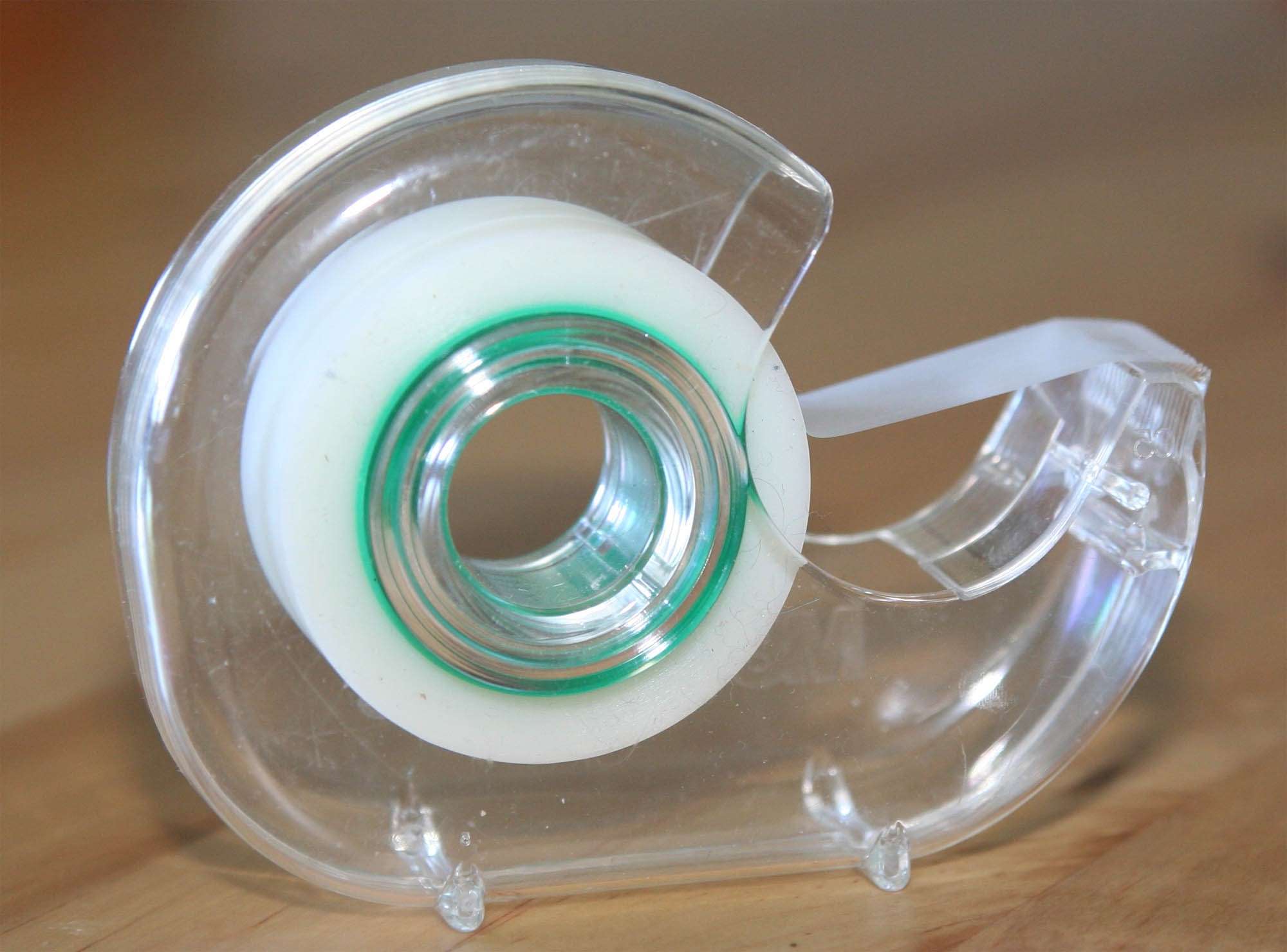
Ever wondered why we celebrate National Cellophane Tape Day on May 27th? Yes, there's a whole day dedicated to this sticky wonder that keeps our world literally and figuratively together. From wrapping gifts to fixing torn pages, cellophane tape has become an indispensable part of our daily lives. But how much do we really know about it? This day isn't just about acknowledging the utility of cellophane tape; it's a nod to the innovation and the story behind this clear adhesive that has made countless tasks easier. Ready to peel back the layers? Let's stick together as we unravel 15 fascinating facts about National Cellophane Tape Day. From its humble beginnings to becoming a household staple, you're in for a sticky surprise!
Key Takeaways:
- National Cellophane Tape Day celebrates the invention of a simple yet essential item that makes daily tasks easier. It's a reminder to appreciate the small things that improve our lives.
- Cellophane tape, also known as Scotch tape, has a fascinating history and versatile uses, from repairing torn pages to even contributing to medical advancements. It's more than just a sticky tape!
What is National Cellophane Tape Day?
National Cellophane Tape Day, celebrated on May 27th, honors an everyday item that plays a crucial role in homes, offices, and schools around the globe. This day recognizes the invention and widespread use of cellophane tape, a clear adhesive tape that has become indispensable for various tasks, from gift wrapping to securing documents.
The Origin of Cellophane Tape
- Cellophane tape was invented by Richard Drew, an engineer at the 3M company, in 1930. Drew observed workers in auto paint shops struggling to create clean dividing lines on two-tone paint jobs. His invention aimed to solve this problem, leading to the development of the first transparent adhesive tape.
How Cellophane Tape Became a Household Name
-
Initially, cellophane tape was used primarily in industrial settings. However, its potential for household use quickly became apparent. By the 1940s, it had become a common item in American homes, used for everything from repairing torn pages to sealing envelopes.
-
The name "cellophane" comes from the tape's original backing material, which was made from a transparent film derived from cellulose. Over time, the materials have evolved, but the name has stuck.
Celebrating National Cellophane Tape Day
-
Celebrating National Cellophane Tape Day can be as simple as appreciating the convenience it brings to daily tasks. Some enthusiasts get creative, using cellophane tape for arts and crafts or even tape art installations.
-
Schools and offices sometimes mark the day with contests, such as who can create the most innovative project using cellophane tape, fostering creativity and teamwork.
Fun Facts About Cellophane Tape
-
Cellophane tape is also known as "Scotch tape" in the United States, a term coined by 3M. The story goes that the name was initially a pejorative term used by auto body painters because the original samples had adhesive only along the edges. They joked that 3M was being "Scotch" with the adhesive, using the term to mean "stingy." The name, however, stuck and became a brand.
-
The adhesive used in cellophane tape is designed to be pressure-sensitive, meaning it only requires a slight pressure to stick to a surface. This feature makes it incredibly user-friendly.
-
Richard Drew, the inventor of cellophane tape, also invented masking tape in 1925, another staple in both the industrial and domestic spheres.
-
During World War II, cellophane tape was used by soldiers to repair various items, from torn clothing to damaged vehicles, showcasing its versatility and durability.
-
The original cellophane tape was made with a water-based adhesive, which was prone to drying out and losing its stickiness over time. Modern cellophane tapes use more durable synthetic adhesives.
-
In 1993, a piece of cellophane tape was even used in space during a mission to repair equipment on the Space Shuttle Discovery, proving its utility in even the most challenging environments.
-
There's a Cellophane Tape Sculpture Contest held annually in some communities, where artists and amateurs alike create impressive sculptures using only cellophane tape.
-
Cellophane tape played a role in the development of the first practical heart-lung machine. In 1951, Dr. Forest Dewey Dodrill used cellophane tape to seal connections in the machine, which was used to perform the first successful open-heart surgery.
-
The largest roll of cellophane tape ever made measured 3,752 feet long and was created to celebrate the 50th anniversary of the invention of cellophane tape.
-
Despite its widespread use, cellophane tape remains one of the most taken-for-granted inventions. National Cellophane Tape Day serves as a reminder of the small things that make daily life easier and more efficient.
A Look Back at National Cellophane Tape Day
National Cellophane Tape Day, celebrated every May 27th, shines a spotlight on an everyday item that's more fascinating than we often give it credit for. From its humble beginnings to becoming a staple in homes and offices worldwide, cellophane tape's journey is a testament to innovation and practicality. This day isn't just about acknowledging the convenience it brings to our daily tasks; it's a nod to the ingenuity behind its creation. Whether used for wrapping gifts, fixing torn pages, or crafting projects, cellophane tape has proven its versatility and enduring appeal. So, next time you peel off a piece of this sticky wonder, remember the rich history and simple innovation that make it possible. Let's keep finding reasons to celebrate the seemingly mundane, for they often have the most interesting stories to tell.
Frequently Asked Questions
Was this page helpful?
Our commitment to delivering trustworthy and engaging content is at the heart of what we do. Each fact on our site is contributed by real users like you, bringing a wealth of diverse insights and information. To ensure the highest standards of accuracy and reliability, our dedicated editors meticulously review each submission. This process guarantees that the facts we share are not only fascinating but also credible. Trust in our commitment to quality and authenticity as you explore and learn with us.


